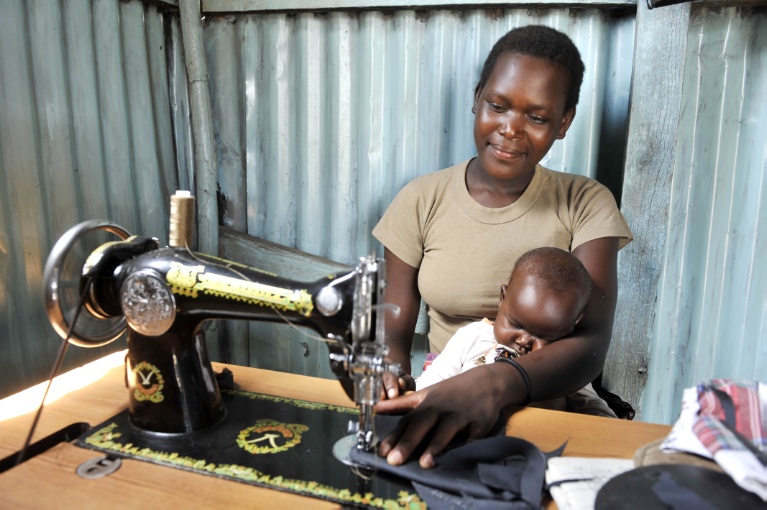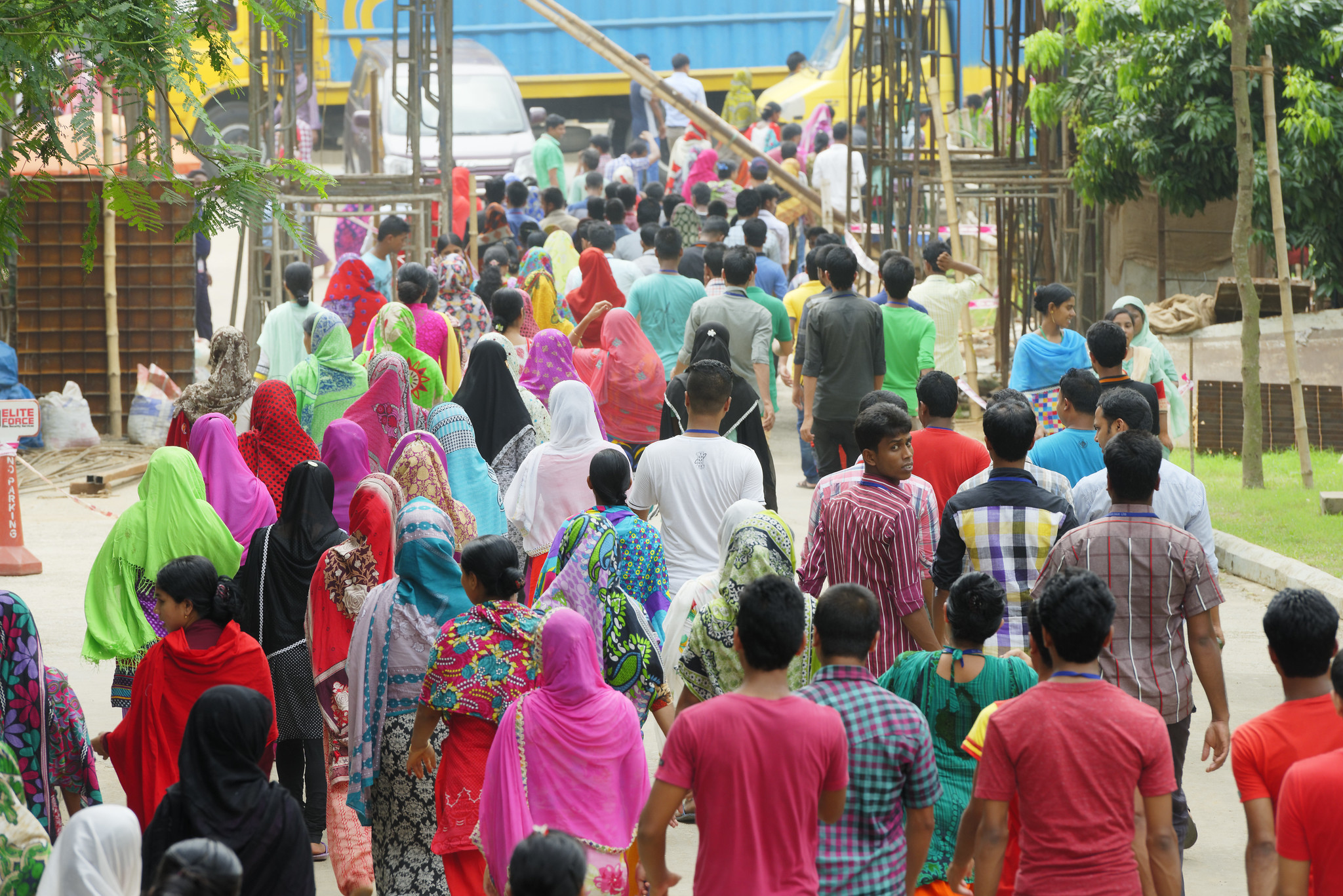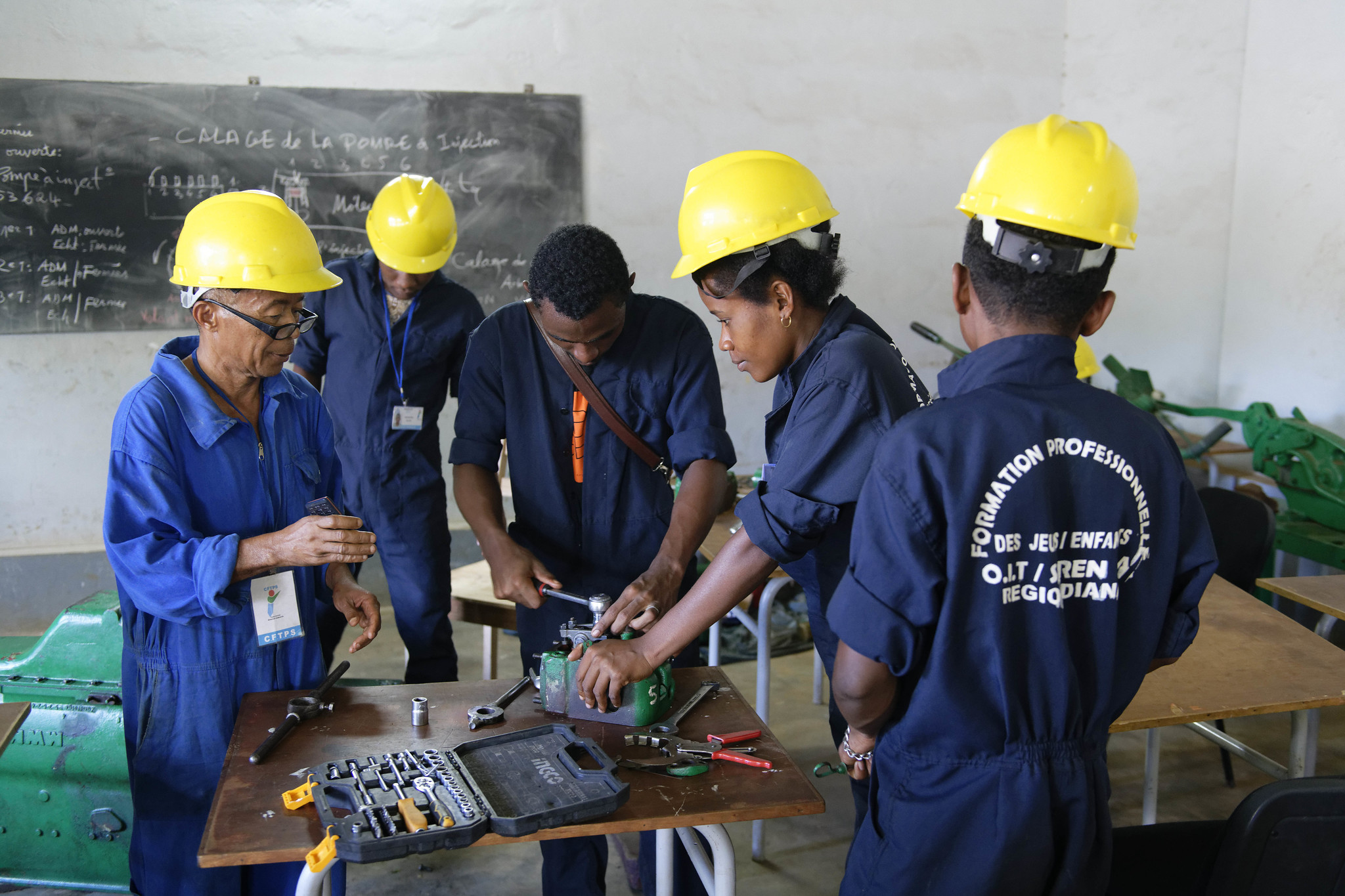
Forest sector employs 33 million around the world, according to new global estimates
Quantifying how many people are employed in the forest sector is not a straightforward exercise. Nonetheless, the ILO, FAO and the Thünen-Institute of Forestry joined forces to estimate the global workforce in forest-related activities and provide insights on labour market trends in this sector.
Forest sector employs 33 million around the world, according to new global estimates Read More »









